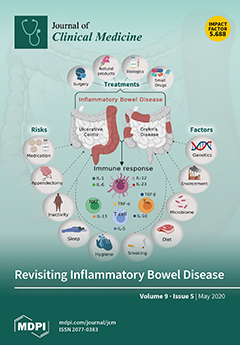Background: The prevalence of vertebral fractures (VF) and their association with clinical risk factors and outcomes are poorly documented in chronic kidney disease (CKD) cohorts. The aim of the study was to evaluate the prevalence of VF in patients with non-dialysis dependent CKD (NDD-CKD), their value in predicting mortality and its correlation with parameters of bone mineral metabolism and vascular calcification.
Materials and Methods: 612 NDD 3‒5 stage CKD patients participating in the OSERCE-2 study, a prospective, multicenter, cohort study, were prospectively evaluated and categorized into two groups according to presence or absence of VF at enrollment. VF were assessed with lateral radiographs and Genant semi-quantitative method was applied. Three radiologists specialized in musculoskeletal radiology performed consensual reading of individual images obtained using a Raim DICOM Viewer and a Canon EOS 350 camera to measure with Java Image software in those who had traditional acetate X-ray. Factors related to VF were assessed by logistic regression analysis. Association between VF and death over a 3-year follow-up was assessed by Kaplan-Meier survival curves and Cox-proportional hazard models.
Results: VF were detected in 110 patients (18%). Serum phosphate levels (OR 0.719, 95% CI 0.532 to 0.972,
p = 0.032), ankle-brachial index < 0.9 (OR 1.694, 95% CI 1.056‒2.717,
p = 0.029) and treatment with bisphosphonates (OR 5.636, 95% CI 1.876‒16.930,
p = 0.002) were independently related to the presence of VF. After a median follow-up of 35 months (IQR: 17‒37 months), 62 patients (10%) died. The causes of death were cardiovascular (
n = 21, 34%) and infectious (
n = 11, 18%). In the crude analysis, fractured patients group had poorer survival (log-rank test,
p = 0.02). After multivariate adjustment for age, MDRD, albumin, diabetes mellitus, comorbidity, Adragao Score > 3 and serum phosphate, the presence of VF (HR 1.983, 95% CI 1.009‒3.898,
p = 0.047) were an independent predictor of all-cause mortality.
Conclusions: In our study 18% of patients with NDD-CKD have VF. Factors associated with VF were age, low serum phosphate levels and peripheral vascular disease. The presence of VF was an independent risk factor for mortality in stages 3‒5 NDD-CKD patients. Clinical trials are needed to confirm whether this relationship is causal and reversible with treatment for osteoporosis.
Full article






